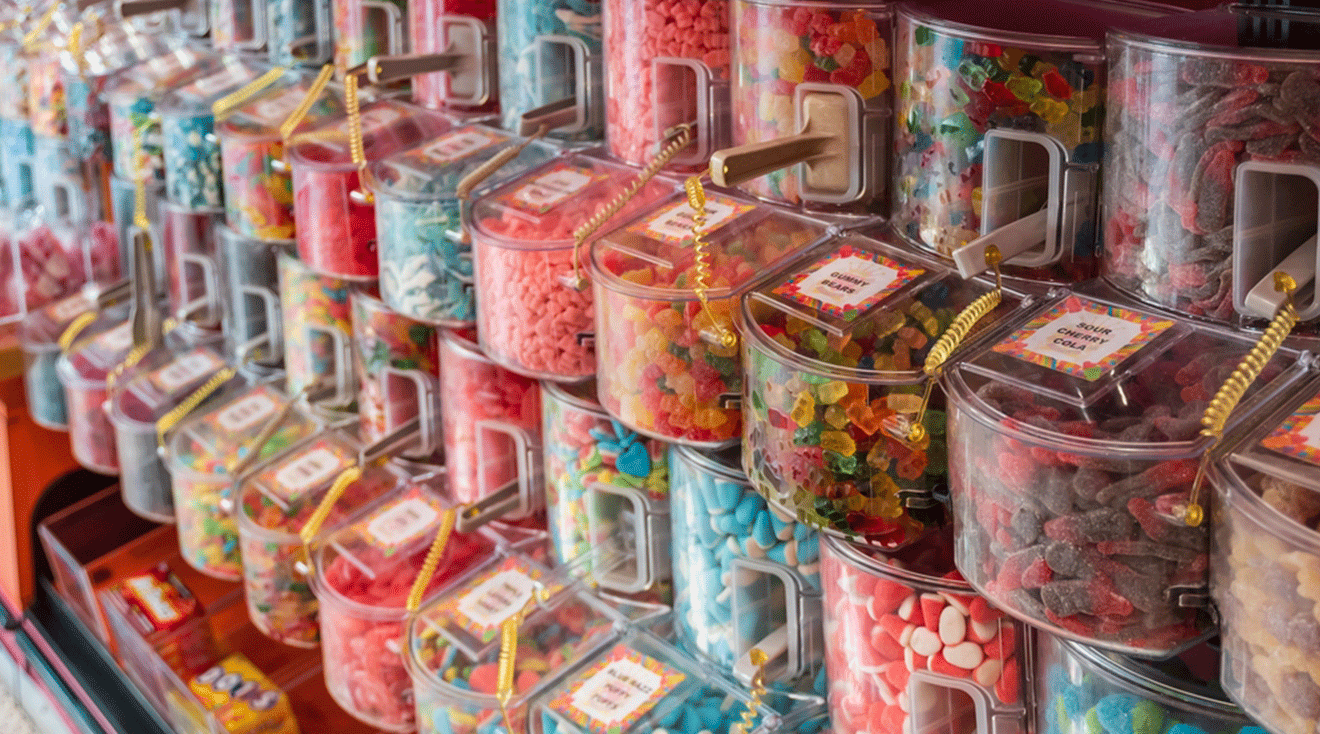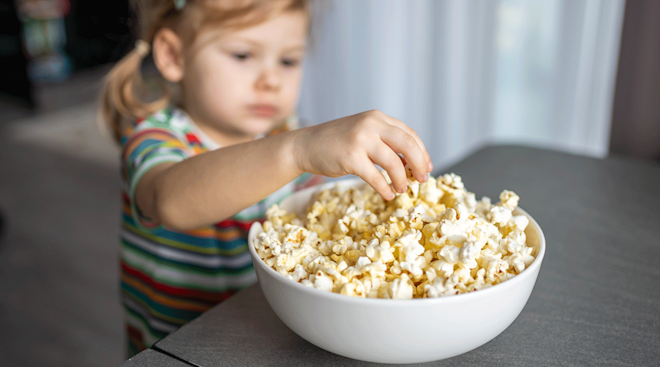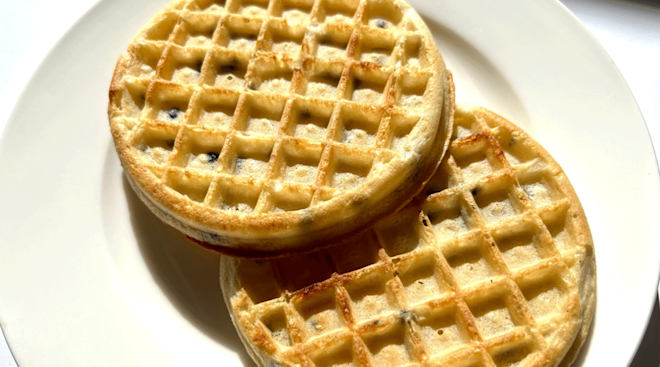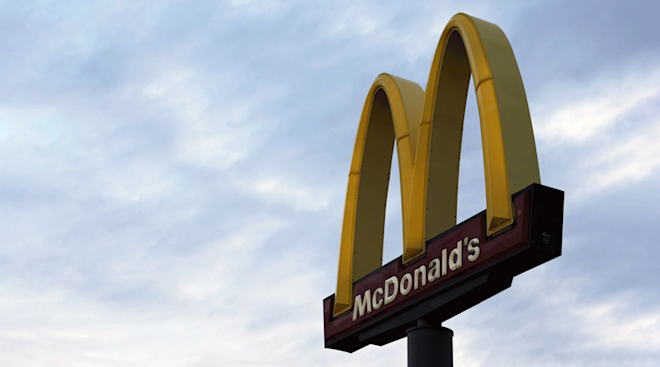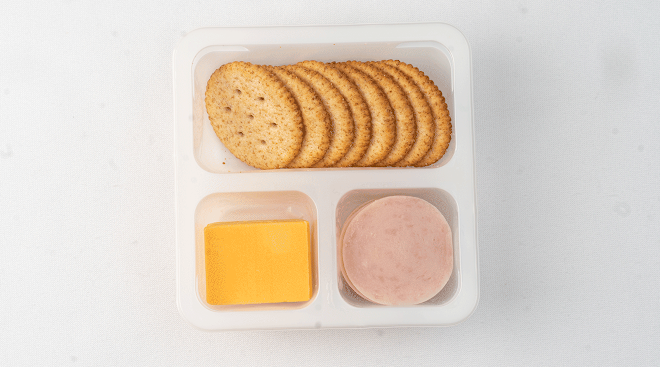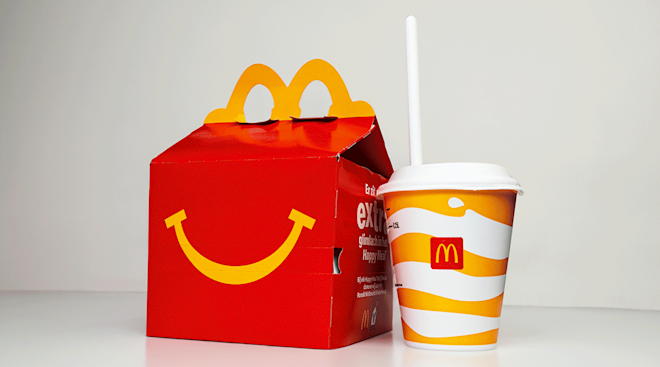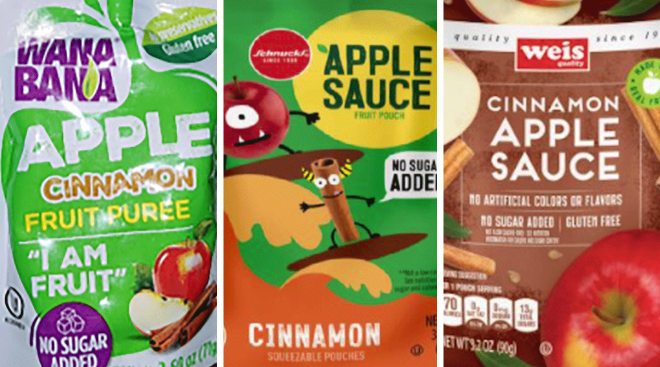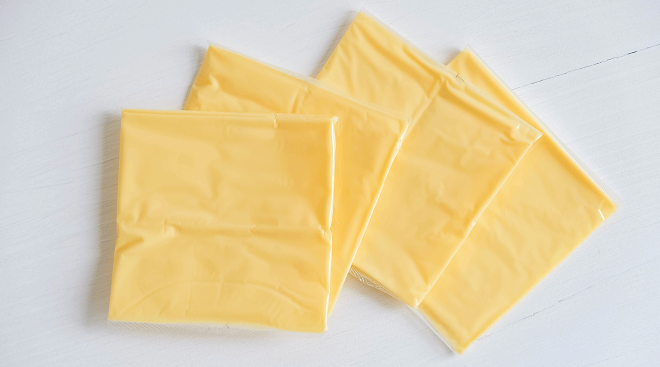FDA Bans Red Dye No. 3 in Food, Candy and More Over Cancer Concerns
After years of pressure from health and safety advocates, The Food and Drug Administration is stepping up to ban Red Dye No. 3. The artificial coloring, known for its bright red hue, has been a common ingredient in candies, snack cakes, preserved cherries and even children’s medicines like cough syrups. This decision comes nearly 35 years after the dye was prohibited in cosmetics over cancer concerns.
Why Is The FDA Banning Red Dye No. 3 Now
The FDA stated that they are banning the dye, also known as FD&C Red No. 3 or Red 3, as a “matter of law” after some studies found that the dye caused cancer in male lab rats. While there is no evidence to date that the dye causes cancer in humans, the FDA acted under the Delaney Clause, a statute that mandates the removal of any additive found to cause cancer in people or animals. Manufacturers have until January 15, 2027, for food products and January 18, 2028, for ingested medicines to remove the additive and reformulate their products.
Why The Ban Matters for Families and Young Children
For parents, the ban addresses growing concerns about the safety of artificial dyes in foods that children consume most often. Advocates for the ban like the Center for Science in the Public Interest, Consumer Reports and several lawmakers cite concerns over artificial dyes especially when it comes to young children who consume more of the dye on a bodyweight basis than adults.
“The FDA should act quickly to protect the nation’s youth from this harmful dye, used simply to give food and drinks a bright red color,” stated a letter sent in November by nearly two dozen members of Congress urging FDA officials to ban the additive. “No aesthetic reason could justify the use of a carcinogen in our food supply.”
In addition to cancer concerns, a 2021 study from the California Office of Environmental Health Hazard Assessment found red dye No. 3 may make children vulnerable to behavioral issues, such as decreased attention. The report also concluded that federal levels for safe intake of food dyes at that time may not protect children’s brain health.
Artificial Dyes in The US and Beyond
Red 3 has already been banned for food use in Europe, Australia, and New Zealand, with exceptions for certain kinds of cherries. In the US, California will enact its own ban on the dye starting in January 2027, and lawmakers in states like Tennessee, Arkansas, and Indiana have proposed limiting artificial dyes, especially in foods offered in public schools.
With any nutritional advice, it’s important to remember that moderation and balance are key. Ensuring your child is eating nutrient-rich meals often begins with getting a mix of different fruits, veggies and proteins on the plate. If you are struggling with picky eaters consider these nutrionist recommended tips for helping them branch out.
Please note: The Bump and the materials and information it contains are not intended to, and do not constitute, medical or other health advice or diagnosis and should not be used as such. You should always consult with a qualified physician or health professional about your specific circumstances.
Navigate forward to interact with the calendar and select a date. Press the question mark key to get the keyboard shortcuts for changing dates.

































